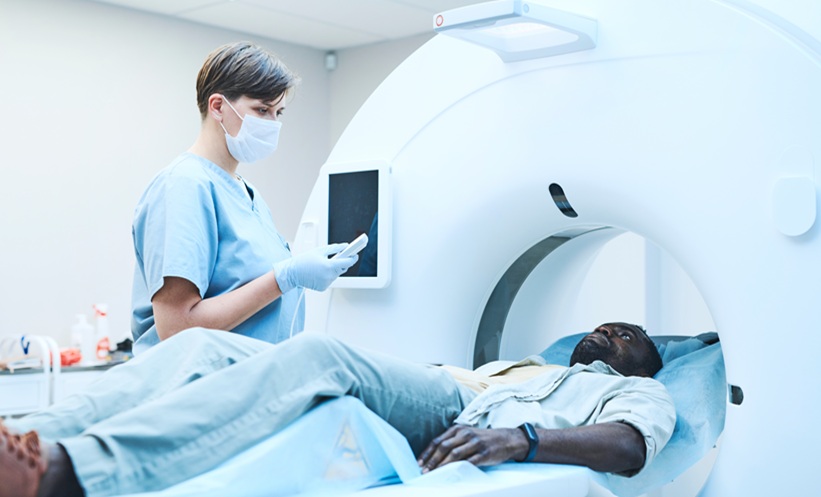A RECENT nonrandomised, clinical trial evaluated the safety and patient-reported outcomes (PROs) of stereotactic body radiotherapy (SBRT) to the prostate bed following radical prostatectomy (RP). A total of 100 patients with either biochemical recurrence or adverse pathological features post-surgery were included. SBRT was delivered in 5 fractions of 30 to 34 Gy, with nodal irradiation and hormonal therapy permitted at the physician’s discretion.
The study aimed to measure late toxic effects, defined as those occurring more than 90 days after treatment, alongside changes in urinary and bowel function reported by patients over a two-year period. Late genitourinary toxic effects were observed in 25% of patients at grade 2 and 4% at grade 3 severity. Gastrointestinal toxic effects were notably less common, each affecting 3% of patients at Grades 2 and 3.
PROs were assessed using the Expanded Prostate Cancer Index-26. A clinically significant decline was defined as a change greater than twice the threshold for minimal clinically important difference (MCID). For those receiving SBRT, 38.9% reported such a decline in urinary incontinence, 17.9% in urinary irritation, and 34.1% in bowel function. These figures were compared to a separate cohort of 200 men treated with conventionally fractionated radiotherapy (CFRT).
When adjusting for baseline characteristics and treatment variables, the odds of experiencing a greater-than-MCID decline were not significantly different between SBRT and CFRT: the adjusted odds ratio was 1.55 for urinary incontinence, 0.94 for urinary irritation, and 1.03 for bowel function. These findings suggest that SBRT does not result in greater patient-reported decline in urinary or bowel function when compared with standard treatment.
Overall, the results indicate that SBRT to the prostate bed post-RP is well-tolerated, with manageable toxicity and comparable patient-reported outcomes to CFRT. While the findings are promising for broader clinical adoption, longer follow-up and randomised trials will be necessary to confirm long-term safety and efficacy.
Reference
Nikitas J et al. Patient-reported outcomes with stereotactic intensity modulated radiotherapy after radical prostatectomy: a nonrandomized clinical trial. JAMA Oncol. 2025;DOI:10.1001/jamaoncol.2025.1059.







